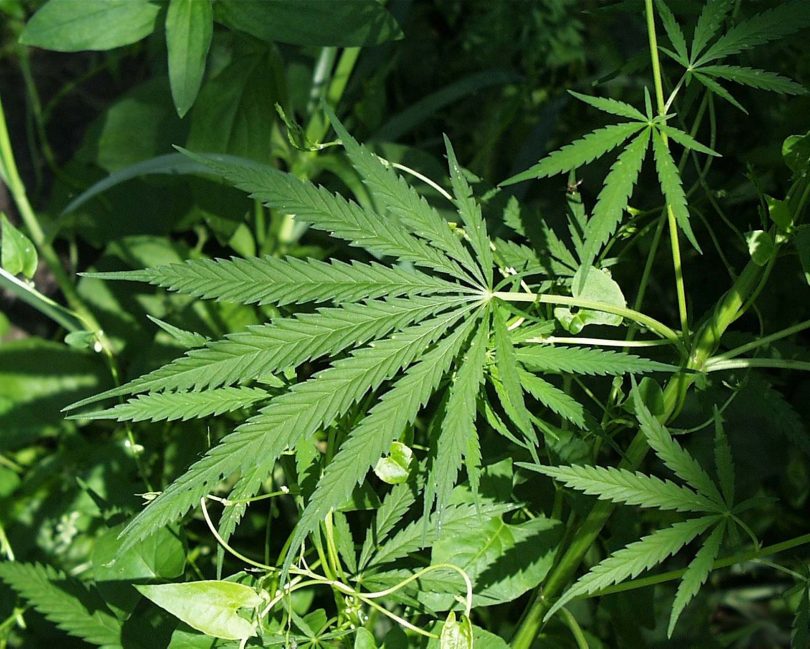As with most agricultural products, the price of cannabidiol (CBD)-containing flowers fluctuates throughout the year, due to a multitude of factors. As we go deeper into fall and head towards winter, the price of CBD flowers has been changing, as it always does at this time of year.
Pricing for CBD flower grown outside is following a well-known patter of cannabis farming that sees higher prices in the spring and sometimes early summer and lower prices in the fall and winter. This pattern occurs for a couple of reasons. One reason is because most of the outdoor CBD flowers produced for consumption are harvested in the fall. After farms process their product, the market immediately gets flooded, which results in a significant price drop.
Another reason the price drops, specifically in the late summer is because the harvest from the year before is considered old and less valuable. Until the new harvested buds hit the market, most outdoor CBD flowers available are from the year’s prior harvest and not are not as fresh as the market would like. Therefore, a price drop hits some time around mid summer.
For example, March’s spot price for CBD flower grown outdoors was a little over $200 per pound. However, by August, that price had fallen to well under $200 to $160 per pound.
The numbers are a little different, however for CBD flowers grown inside or in a greenhouse. In March, CBD flowers produced under lights inside went for around $800 per pound. The price dropped for the summer but then went back up and was back around $800 per pound.
For CBD flower grown in greenhouses, the price per pound was well under $400 but broke $400 in August to sit close to $500.
For buyers, fall and early winter are the perfect time to buy wholesale flower, especially anything from the prior year’s harvest. A buyer willing to pick up one-year-old CBD flowers can get pounds for under $100 quite easily. And even if said buyer wants fresh flower, they will do best buying their product while the market is flooded, once again with fresh CBD flowers.
Image Source: https://www.britannica.com/plant/hemp










